A flourishing flower bed filled with colorful blooms and lush greenery is the pride of any gardener. However, the persistent problem of weeds invading flower beds is something most gardeners struggle with. Not only do weeds compete with ornamental plants for nutrients, water, and sunlight, but they also spoil the aesthetics of a well-maintained garden and can harbor pests and diseases.
Understanding the best ways to prevent weeds and maintain healthy flower beds is essential for achieving long-term garden success. In this article, we’ll explore why weeds invade flower beds, how to control them effectively, and smart, practical techniques for keeping your garden beds weed-free without excessive effort or harmful chemicals.
Why Do Weeds Invade Flower Beds?

Weeds are opportunistic plants that thrive wherever they can find open soil, moisture, and sunlight. Flower beds, particularly those with gaps between plants or exposed soil, offer the perfect environment for weeds to sprout.
Common reasons weeds invade flower beds include:
- Disturbed soil during planting or maintenance
- Bare patches of soil where light and moisture reach the ground
- Weed seeds blowing in from nearby areas or carried by animals
- Leftover roots from perennial weeds regrowing after incomplete removal
- Unmanaged garden edges allowing weeds to creep in
Once established, weeds grow rapidly, competing with ornamental flowers for essential resources.
Types of Common Weeds Found in Flower Beds
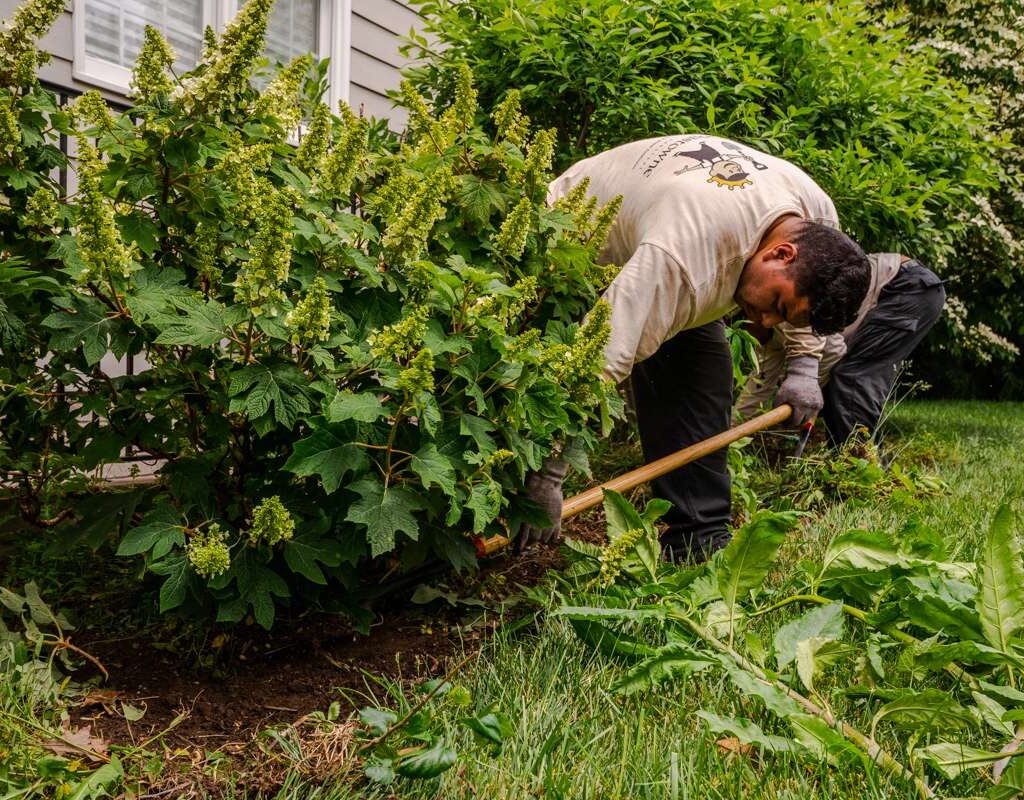
Some frequent culprits include:
- Dandelions
- Crabgrass
- Bindweed
- Chickweed
- Lamb’s quarters
- Oxalis (wood sorrel)
- Clover
- Creeping Charlie (ground ivy)
Identifying the types of weeds in your garden helps tailor effective control methods, as some weeds are annuals, while others are tough, deep-rooted perennials.
Proven Methods to Stop Weeds From Invading Flower Beds
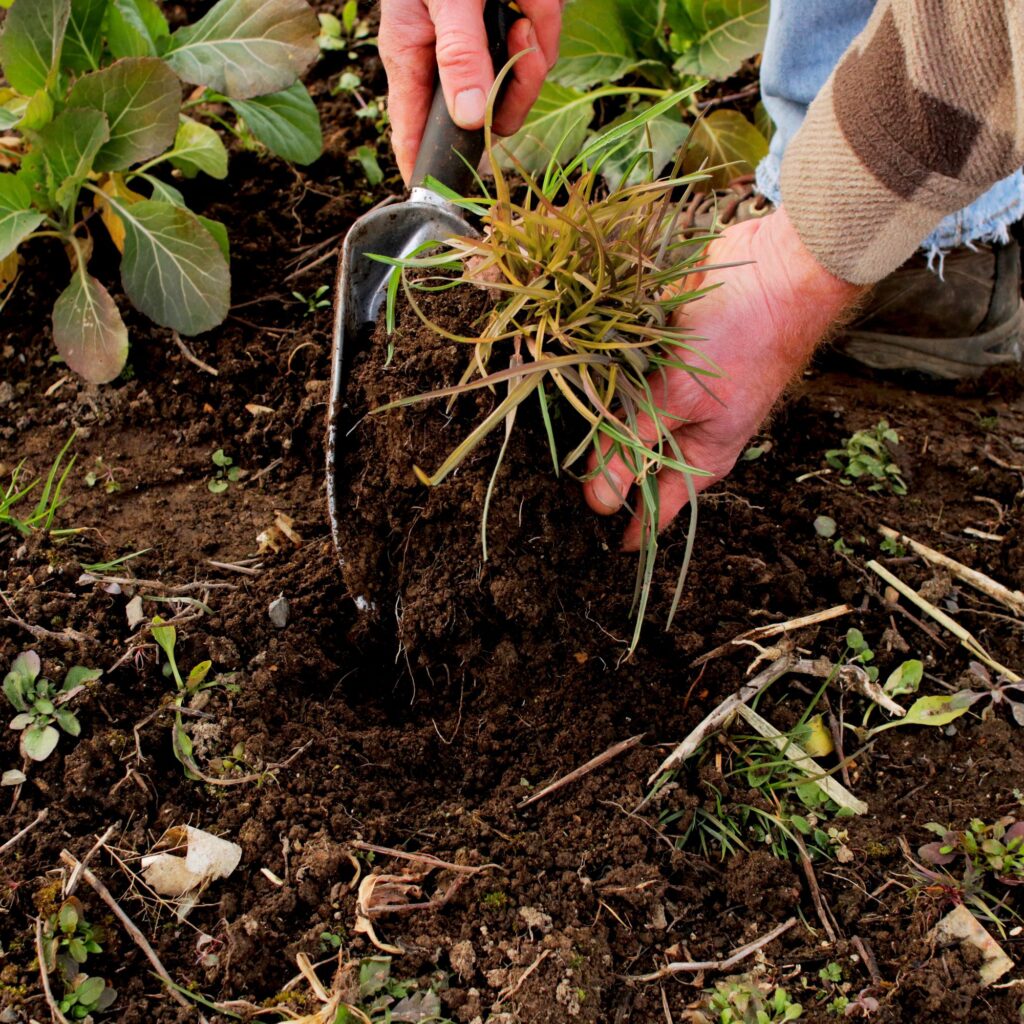
Let’s explore reliable and environmentally friendly strategies to prevent and manage weeds in your flower beds:
1. Apply a Thick Layer of Mulch
Mulching is one of the most effective ways to suppress weeds in flower beds. It acts as a physical barrier, blocking sunlight from reaching weed seeds and preventing them from germinating.
Best Mulching Materials:
- Organic: Bark chips, shredded leaves, straw, compost
- Inorganic: Landscape fabric, gravel, decorative stones
Application Tips:
- Apply mulch 2–4 inches deep over exposed soil.
- Keep mulch a few inches away from plant stems to prevent rot.
- Refresh organic mulch annually as it decomposes.
Bonus: Mulch also retains soil moisture, regulates temperature, and improves soil structure over time.
2. Use Pre-Emergent Herbicides (Selectively)
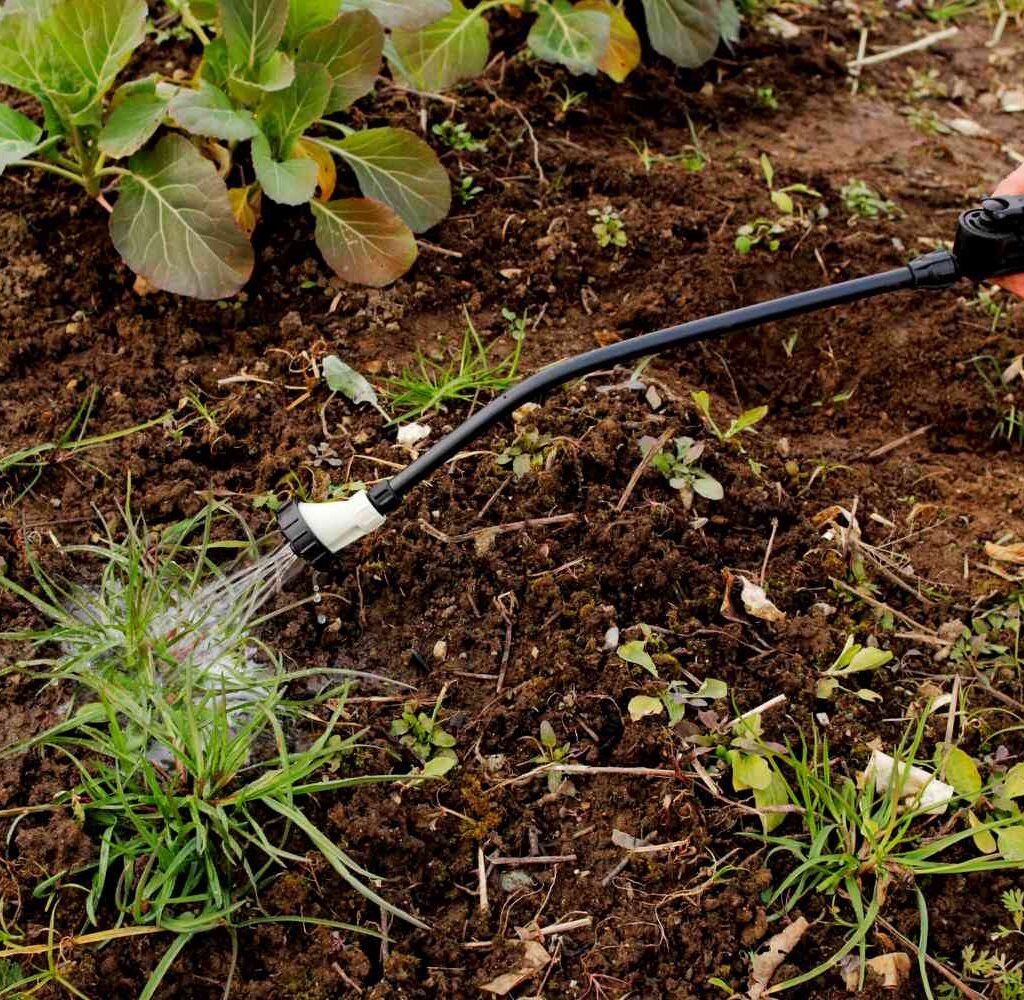
A pre-emergent herbicide prevents weed seeds from sprouting by forming a chemical barrier in the soil. It’s most effective against annual weeds.
When to Apply:
- Early spring before weed seeds germinate.
- After mulching or disturbing the soil.
Cautions:
- Choose herbicides labeled safe for flower beds.
- Avoid using where you plan to sow new seeds, as it blocks all seed germination.
3. Hand-Pull Weeds Regularly
The simplest and most eco-friendly weed control method is hand weeding. Removing weeds by the root before they mature and set seed minimizes future infestations.
Tips for Effective Hand Weeding:
- Weed after rain or watering when soil is moist.
- Use tools like a weeding fork or hand trowel for deep-rooted varieties.
- Dispose of weeds properly to prevent reseeding.
Routine weeding every week or two helps maintain flower beds effortlessly.
4. Plant Ground Covers and Dense Plantings
Filling bare spaces with low-growing ground covers or planting flowers closely together leaves little room for weeds to establish.
Popular Ground Covers:
- Creeping thyme
- Ajuga (bugleweed)
- Sedum
- Sweet woodruff
- Lamb’s ear
Benefits:
- Smothers weeds.
- Conserves soil moisture.
- Enhances garden aesthetics.
5. Install Garden Edging
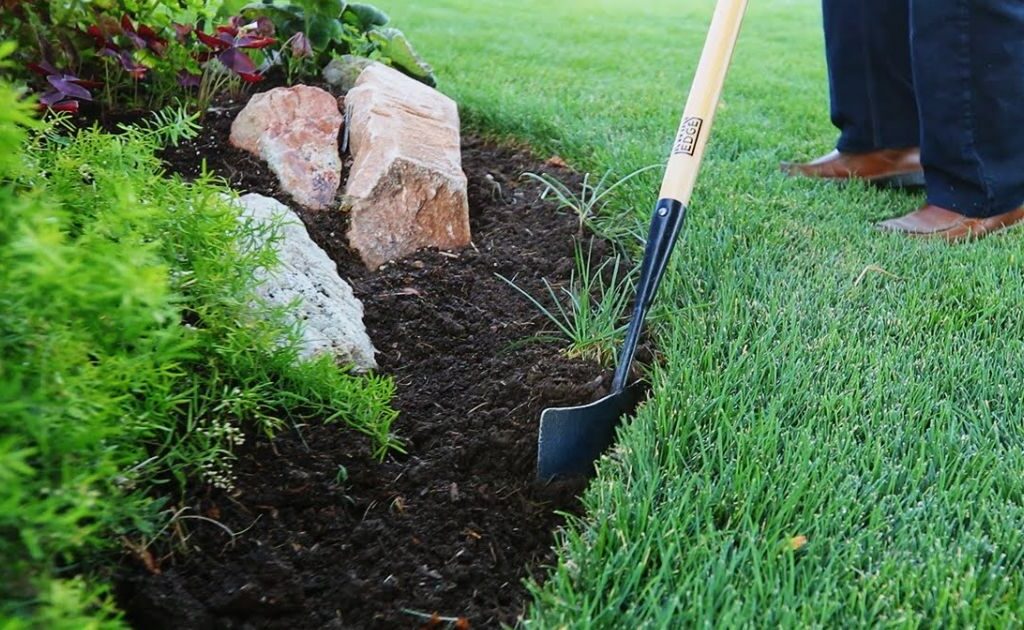
Prevent invasive weeds like crabgrass and creeping Charlie from entering flower beds by installing physical garden edging around your beds.
Options Include:
- Metal or plastic edging
- Bricks or stones
- Wooden boards
Purpose:
- Creates a clear boundary.
- Stops weeds spreading from lawns or paths.
6. Use Landscape Fabric Wisely
Landscape fabric is a permeable material laid over the soil before planting or mulching. It suppresses weeds by blocking sunlight while allowing water and air to pass through.
Application Tips:
- Cut holes for existing or new plants.
- Cover the fabric with 2–3 inches of mulch.
- Avoid using fabric under organic mulch alone, as it can trap moisture and lead to rot.
Note: Not ideal for perennial flower beds where plants are regularly added or moved.
7. Practice Proper Watering Techniques
Weeds thrive in areas with excess moisture, especially bare soil.
Water Smartly:
- Use drip irrigation or soaker hoses to target plant roots.
- Avoid overhead watering, which encourages weed seed germination in open areas.
- Water early in the day to prevent mold and mildew.
8. Rotate Annual Plants and Turn Soil Minimally
Frequent soil disturbance brings buried weed seeds to the surface where they can germinate. Instead:
- Minimize tilling in established beds.
- Use a no-dig gardening approach where possible.
- Rotate annuals to discourage persistent weed species.
9. Apply Organic Weed Control Solutions
For stubborn weeds or cracks in paved paths, use homemade or natural remedies like:
- Boiling water
- Vinegar sprays
- Salt applications (use cautiously near desired plants)
Caution:
Non-selective natural sprays can harm ornamental plants, so apply carefully.
Long-Term Weed Prevention Tips
To maintain a weed-free flower bed year-round:
- Regularly inspect flower beds for new weed growth.
- Deadhead flowers to prevent self-seeding.
- Remove weeds before they flower and spread seeds.
- Clean garden tools and footwear to avoid transferring weed seeds.
Integrated weed management combining several of the methods above works best for lasting results.
Conclusion
Weed-free flower beds enhance the beauty of your garden and promote the healthy growth of your ornamental plants. The key to stopping weeds from invading flower beds lies in prevention, consistent maintenance, and smart gardening practices.
Most effective methods include:
- Applying a generous layer of mulch
- Planting dense ground covers or close flower groupings
- Regular hand weeding
- Installing garden edging
- Using pre-emergent herbicides and landscape fabric appropriately
- Practicing efficient watering habits
By adopting these proven techniques, gardeners can enjoy vibrant, thriving flower beds without the persistent frustration of unwanted weeds. Not only will your garden look more polished, but you’ll also reduce competition for essential nutrients and maintain a healthier, more sustainable growing space.
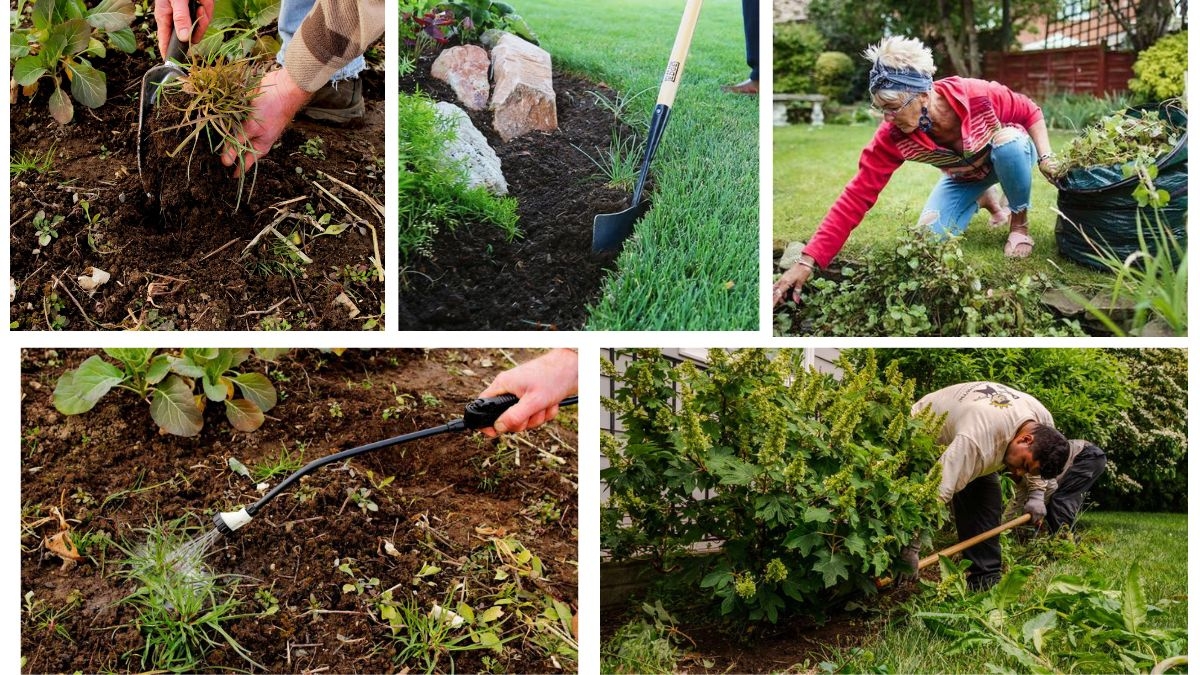



Leave A Comment